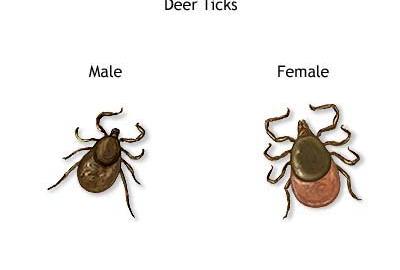Is Climate Change Pushing Lyme Disease Into Quebec?

In order for Lyme disease to properly proliferate in an area, to the point that you have to check every square inch of your body for ticks when you get home from a pleasant walk in the woods, you need a few things. You need a healthy-sized population of the host species, a deer tick called lxodes scapularis (ew), and you need the bacteria that causes the disease: borrelia burghorferi (bleck). You need lots of the white-tailed deer that deer ticks find so tasty, and you need some tasty extra rodents on the side, too. And then, says a new study out this month from Environmental Health Perspectives (EHP), it really doesn’t hurt if you have a warmer (warming) climate to top it all off.
EHP has been collecting tick-y data on Quebec since 1990, but tick numbers didn’t start shooting up until 2004-2008, suggesting that a warmer climate also makes a more lyme-disease-friendly climate. The warmest parts of Southern Quebec, previously lyme-free, are now primed and ready – conditions are perfect and ticks are now breeding there – for the kind of lyme outbreak that North America saw in the late 1970s.
Along with the possibility of malaria spreading to new parts of the globe as climate change worsens, this is among the nastier bits of global warming news I’ve come across lately. It almost makes rising sea levels look manageable.





